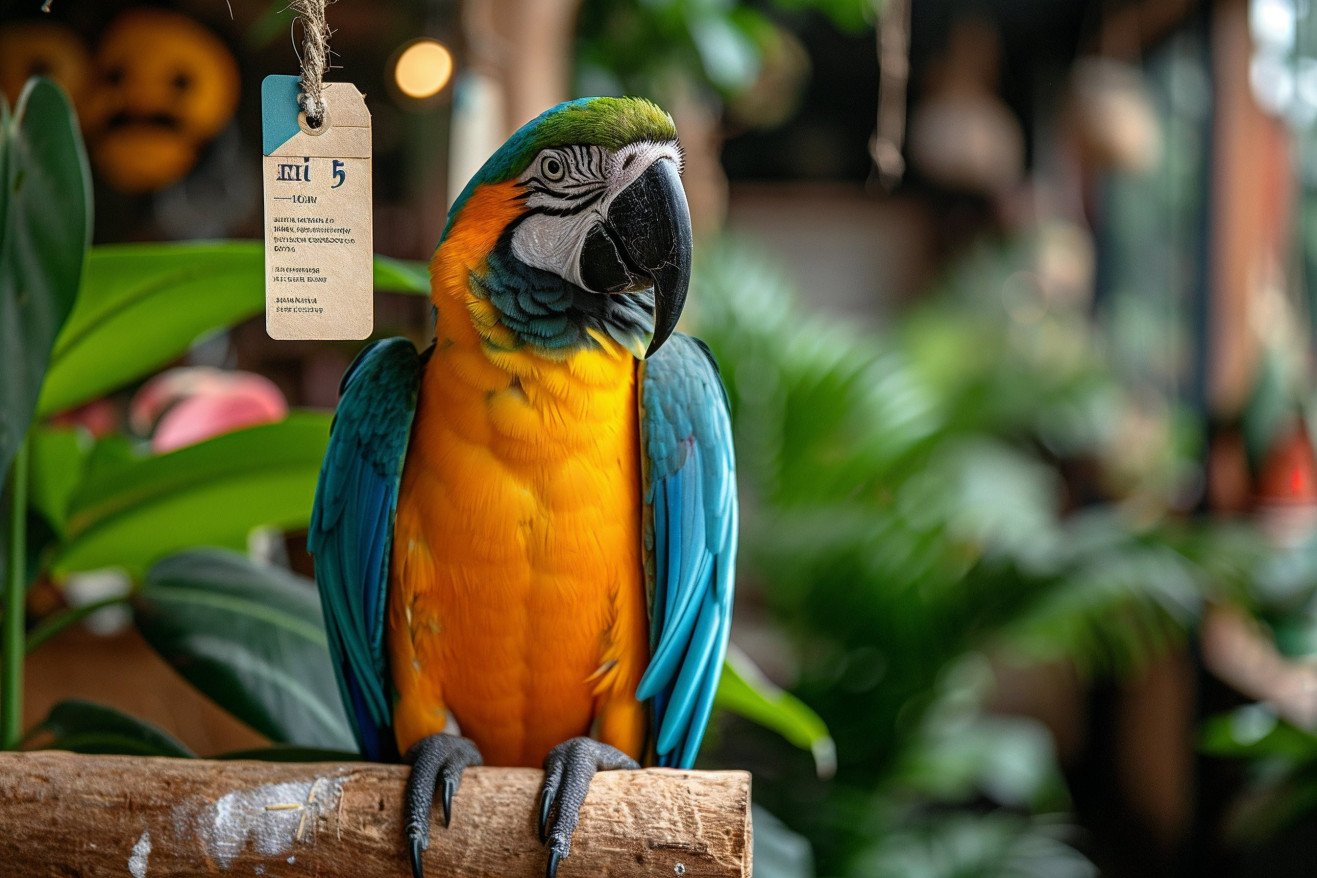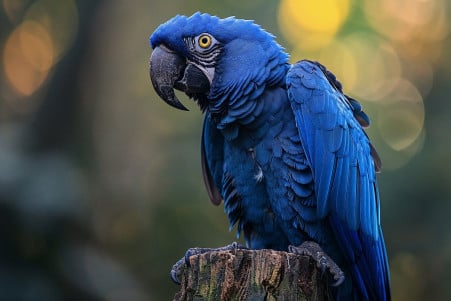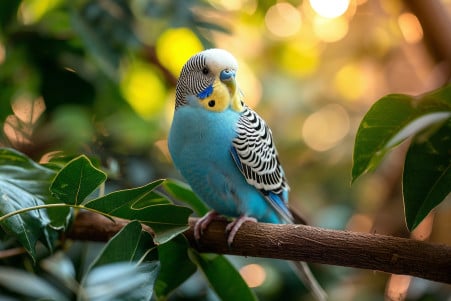How Much Do Parrots Cost? A Guide to Parrot Prices for Potential Owners
5 February 2024

From colorful macaws to talkative cockatiels, the cost of parrots can be just as varied as the birds themselves. Parrot prices can range from as little as $20 for smaller birds like budgies to over $3,000 for more exotic birds like the Black Palm Cockatoo. Initial costs will include the bird, cage, and other supplies, while ongoing costs will include food, veterinary care, and other supplies.
This article will cover a range of topics, including avian economics, veterinary care costs, and even market research on parrot prices to fully understand parrot ownership from a financial perspective. This will help us understand not only the cost of the initial purchase but also the cost and length of care over the course of a parrot’s life.
This will help potential owners understand the financial commitment of bringing a bird into their home and the true cost of caring for these beautiful animals.
What are the main factors that influence the cost of purchasing a parrot?
The True Cost of Buying a Parrot
The cost of buying a parrot goes beyond the initial price of these birds. While the more common budgies, cockatiels, and lovebirds can be purchased for around $200, the rarer African Greys and Eclectus Parrots can range from $800 to $3,000, according to Bird Cages Now. Meanwhile, the price of high-end parrots like Black Palm Cockatoos and Golden Conures can go up to and beyond $20,000, according to A-Z Animals.
The rarity of the species, color mutations, and the reputation of the breeder all play a role in the wide range of prices. The market is also a mix of ethical choices, with rescuing and adopting a parrot being a more ethical and less expensive option than buying.
The age of the bird also plays a role in the wide range of prices. If you are considering buying a parrot, it’s important to make sure the bird is healthy and the breeder is reputable to ensure you are supporting ethical practices.
While the decision to buy a parrot is an important one, it’s only the first step. It’s also important to consider the long-term relationship and financial investment that comes with bringing a new feathered friend into your life.
The Ongoing Costs of Parrot Ownership
Parrot ownership also comes with a long-term financial commitment. As reported by The Happy Chicken Coop, the average monthly costs of keeping a parrot, including food and toys, can be anywhere from $20 to $60. The parrot’s size and dietary needs can affect these costs, and you may also need to pay for new toys and other accessories as they wear out.
Regular vet visits are also important for keeping your parrot healthy. Valleywide Parrot Rescue explains that annual check-ups with blood work can cost between $100 and $200, and emergency care can run into the thousands. However, pet insurance can help cover these unexpected costs.
You may also need to spend money on grooming and making changes to your home to ensure that it’s safe and stimulating for your parrot. Planning ahead for these costs can help you make sure that you’re ready for both expected and unexpected expenses.
Parrot Forums suggests budgeting around $30 a month for ongoing costs, not including vet bills. You can save money by making your own toys or buying food in larger quantities. By planning ahead and making smart financial decisions, you can make sure that you’re ready for unexpected costs and free yourself up to enjoy the benefits of having a parrot.
Parrot Longevity: A Financial Analysis
Parrots are unique in the bird world for their bright colors, intelligence, and long lifespans. For example, as Live Science notes, sulfur-crested cockatoos can live up to 80 years. This long life expectancy means that anyone considering adopting a parrot will need to plan for the future.
In addition to the other costs associated with owning a parrot, like food, vet bills, and enrichment, the total cost of ownership will also need to cover many years, if not decades, of care.
A parrot’s diet, environment, and genetics all impact how long it will live. WebMD explains that a healthy diet and a clean environment are important factors in a parrot’s longevity and overall health.
Meanwhile, a study in the journal Proceedings of the Royal Society B: Biological Sciences found that larger brains, which are associated with higher intelligence in parrots, are also associated with longer lifespans. That intelligence will need to be nurtured, which will likely require investing in toys and other activities.
To help offset the long-term costs and ensure that your parrot lives a long and healthy life, focus on preventive care and good nutrition. While spending time with your parrot to keep it mentally engaged is a loving thing to do, it can also help you save money in the long run. With the right planning and care, the joy of having a parrot as a lifelong pet will outweigh the financial costs.
Investigating the Economic and Regulatory Factors of the Parrot Trade
The parrot trade is a result of the interaction between breeding, importing, and exporting, which are influenced by both economic factors and regulatory policies.
A study in ScienceDirect found that more than 16 million live parrots were traded globally between 1975 and 2016, and the trade was shaped by the regulations of the countries involved and the development of global trade centers.
The study found that the leading traders in the parrot market have imposed restrictions on the trade, and the impact of zoonotic diseases like avian influenza has changed the centers of parrot trading, with regions like Western and Southeast Asia becoming more important.
Conservation efforts that have been required by CITES have also had an impact on the parrot trade, affecting the price and availability of parrots. The regulations are intended to reduce the impact of the trade on wild populations, and as a result, there has been a significant shift from wild-caught to captive-bred parrots.
This has had economic and environmental consequences. A report by the Avian Welfare Coalition observes that captive breeding doesn’t guarantee the survival of species in the wild and may even contribute to the pet trade.
Parrot species that have larger wild populations and more color morphs are more likely to be traded because the trade is still driven by consumer demand.
While this has helped the parrot industry grow, it has also raised questions about the impact of the trade on wild parrot populations.
The trade’s impact on wild parrot populations is a concern, and it’s important to find a balance between the economic and conservation needs of the parrot trade.
Emotional Benefits of Parrot Ownership
In addition to the financial investment, the rewards of owning a parrot also go far into the psychological and social realms. Parrots, with their colorful personalities and high level of intelligence, offer emotional companionship. Parrots have been shown to lower stress and act as emotional support animals. In fact, interactions with parrots have been shown to release endorphins, which can help with an owner’s emotional health, according to Petbarn.
In addition, a study in PMC has even created measures like the Owner-Bird Relationship Scale (OBRS) to measure the relationship between humans and their birds, showing that parrots offer social support that meets the human need for attachment and affection.
The unique relationship between humans and parrots is also discussed in Lafeber, which notes the importance of creating a supportive environment that meets the emotional needs of parrots in a way that’s similar to a family.
The emotional support that parrots offer can be especially helpful for mental health by offering a nonjudgmental relationship that can help owners build empathy and confidence. These social and emotional rewards make the lives of parrot owners richer and mean that their relationships with their birds are investments in happiness and well-being.
Considering the Cost and Value of Parrot Ownership
Throughout our discussion of the economics of parrot ownership, we have looked at the many costs associated with acquiring a parrot, from low-cost options to the high costs of rare species. We have also emphasized the importance of thinking about the costs of both the initial purchase and the ongoing care, which together make parrot ownership a significant financial investment.
And we have shown that the need for financial planning is another reason that parrot ownership is a long-term commitment by demonstrating how a parrot’s life expectancy impacts the total cost of ownership.
But responsible parrot ownership is about more than just the initial purchase. It also involves making choices that are informed and ethical and that ensure that you can provide a good home for your parrot for the duration of their potentially long life.
And while the financial investment is large, the rewards of having a parrot as a companion, including the psychological and social benefits that come from interacting with these intelligent animals, make the investment worthwhile.
In the end, it’s important to remember that the value of parrot ownership can’t be quantified in dollars and cents. Instead, it’s a meaningful relationship that, when entered into thoughtfully and responsibly, can bring years of happiness and satisfaction.


